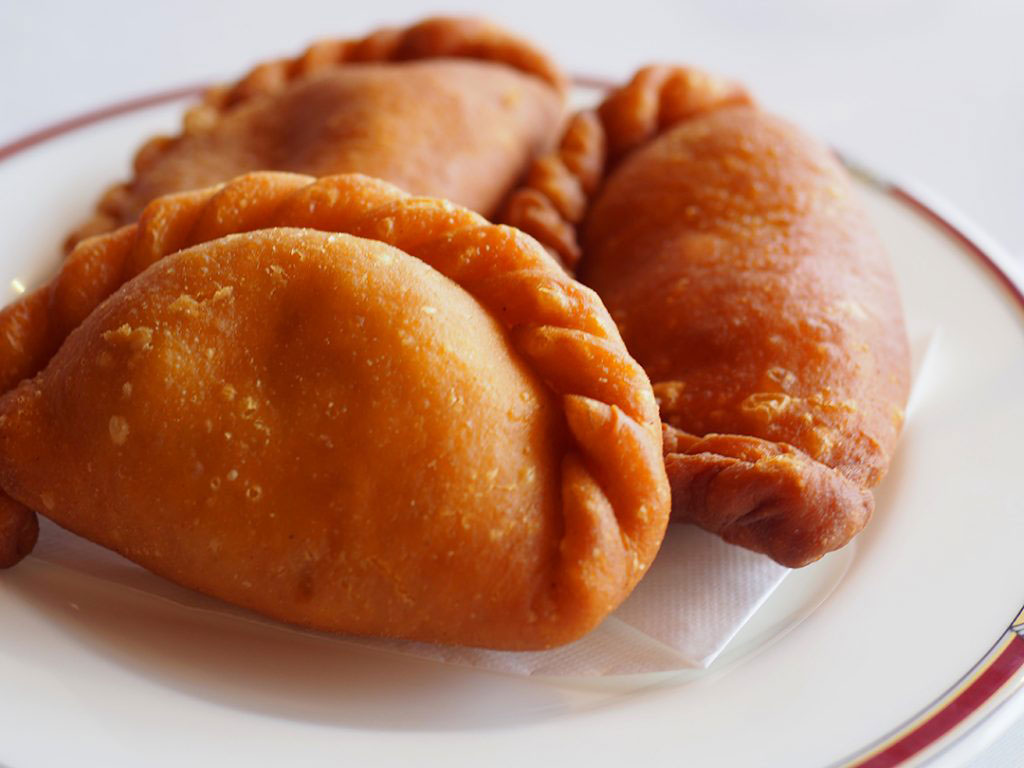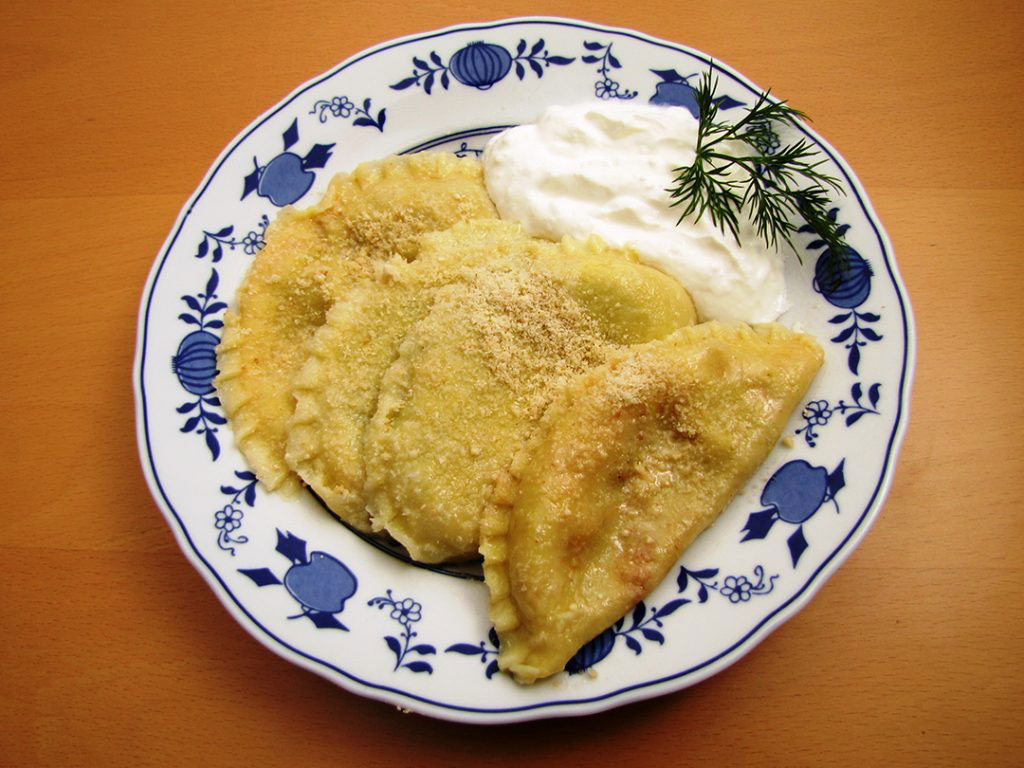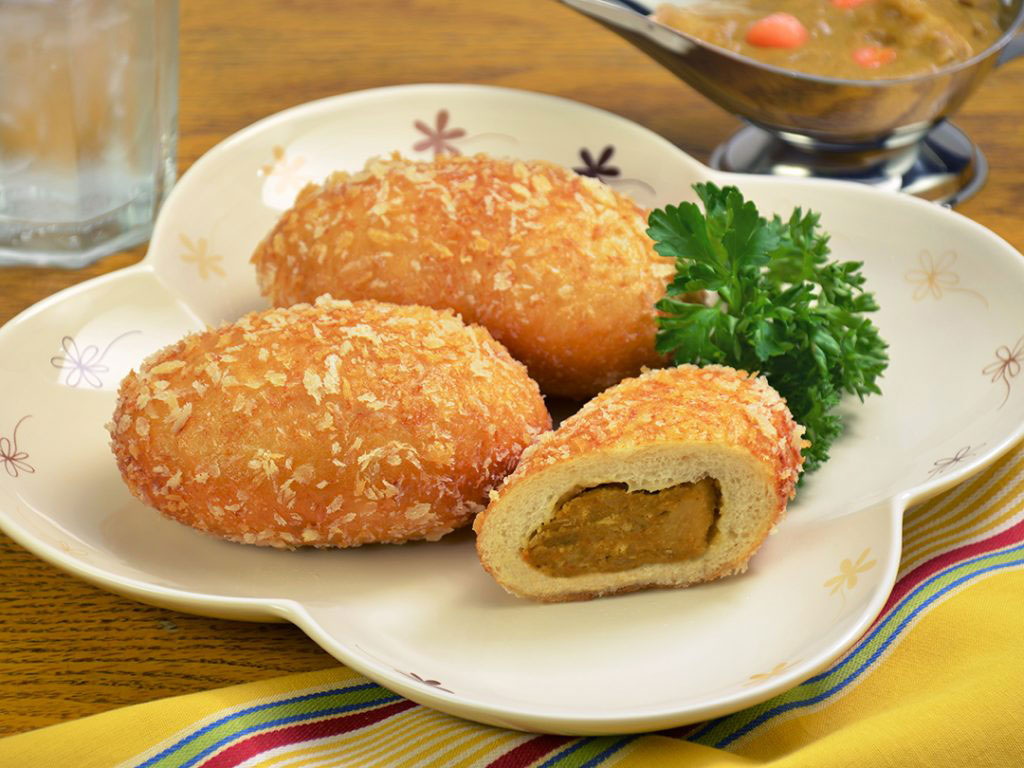So many of our Foreign Foods in Japan have come from Europe, the US and China, so this month we’re finally focusing on Japan’s neighbor to the north…Russia!
Piroshiki are hand-held dough pockets filled with various types of fillings. The original dish from Russia is spelled as pirozhki, piroshki or when plural, pirogi or pierogi. In Russia, pirozhki can be found all over the place, made at home, in restaurants and at street food stalls. The Russian version is commonly filled with meat, vegetables, cheese and infrequently fish, when savory, or with fruit and jam when sweet. The dough is typically a yeast dough, leavened and brushed with egg wash, and the entire pocket is baked in a hot oven…perfect for the cold Russian climate!

In Japan, pirozhki were adapted to Japanese taste and cooking methods. One account states that this dish was introduced to Japan after WWII, and the original Japanese piroshiki were filled with minced onions, boiled eggs and ground beef and deep-fried, instead of baked. Another states that Miyo Nagaya, a Japanese chef from Tokyo, became interested in the cuisine of Russia and Central Asia, and opened a restaurant in Tokyo in 1951, where she modified the Russian dish to Japanese tastes.

Today, piroshiki can be found at bakeries and restaurants in Japan and frying is still the most common way of preparing the dish. Typical fillings range from ground meat, fish and vegetables such as onions, carrots and shiitake mushrooms. One delicious and unique Japanese-centric filling is cooked and chopped up harusame glass noodles, which add incredible texture and umami to the piroshiki. Some believe that piroshiki were the inspiration for kare-pan or curry pan, which is a beloved Japanese deep-fried dough pocket filled with curry flavored ingredients.

No matter where you get your piroshiki in Japan, you’re sure to enjoy this hot pocket. Have you had it? Have you made it? Share your favorite recipe with us below!
Leave a Reply